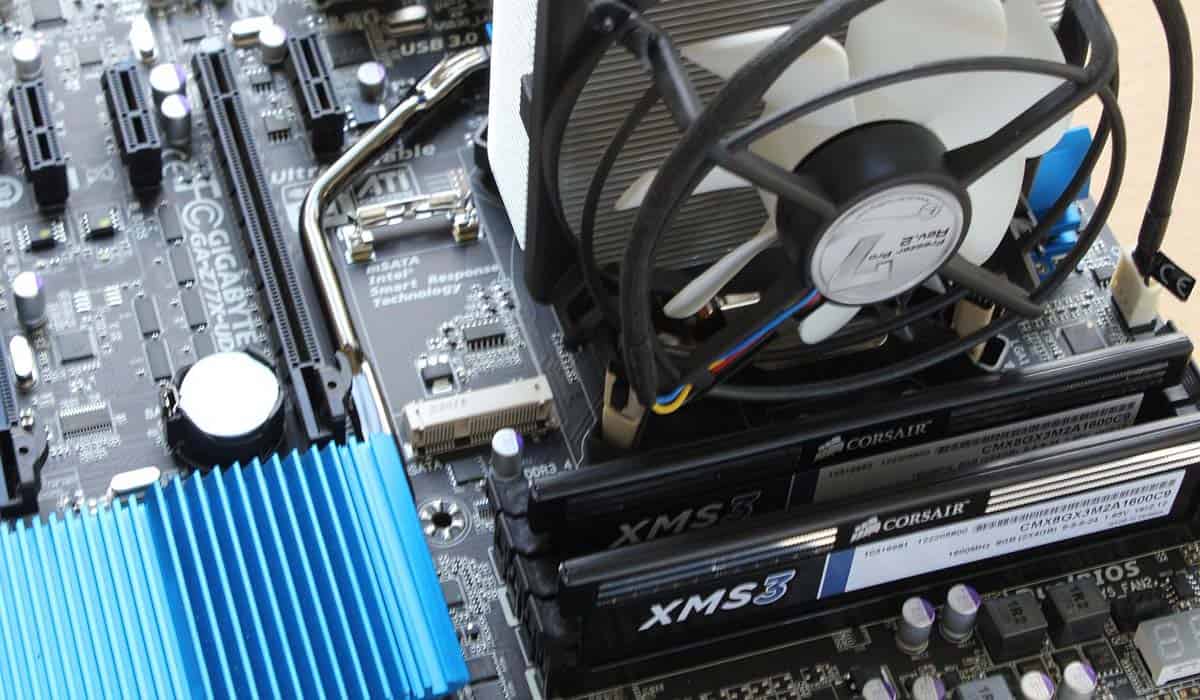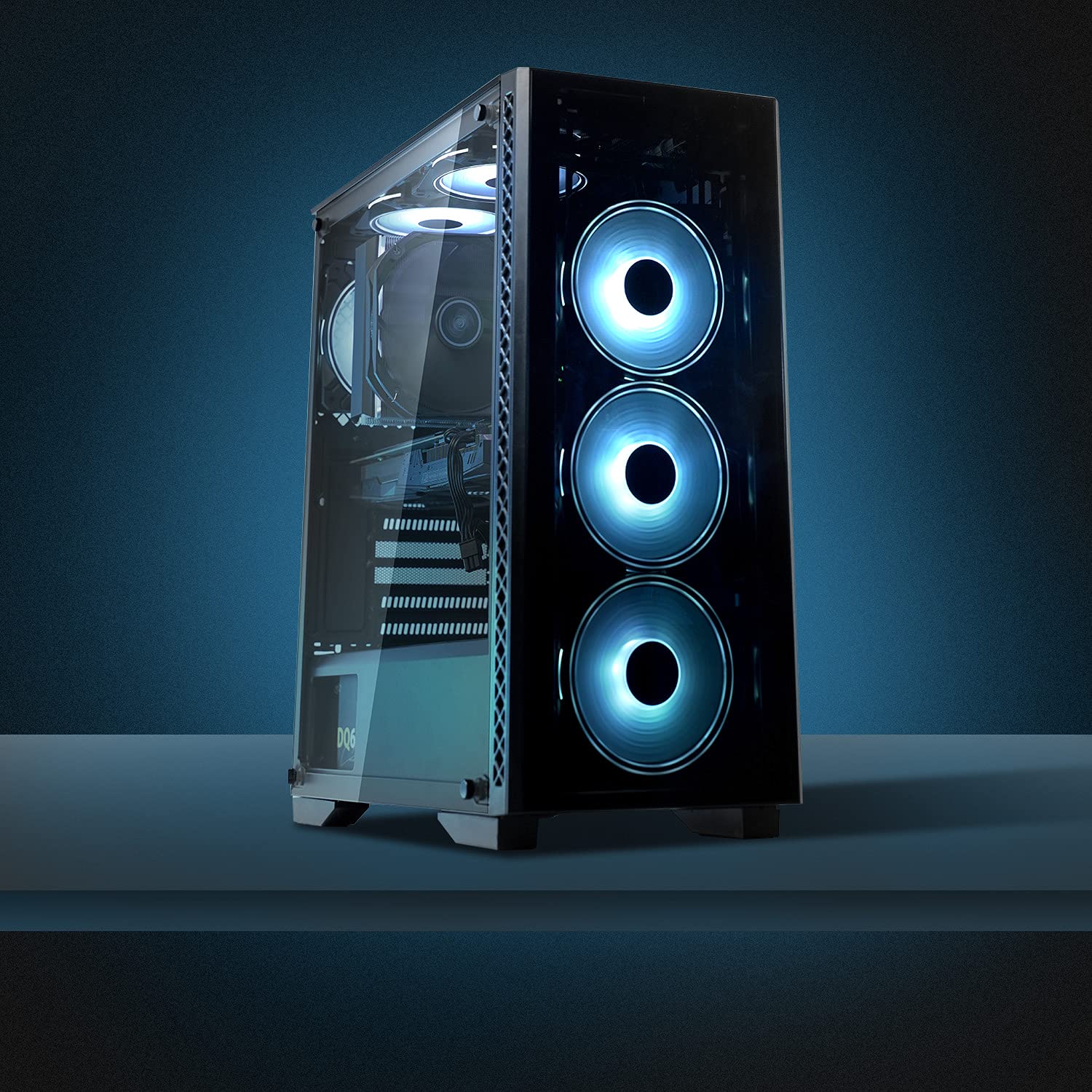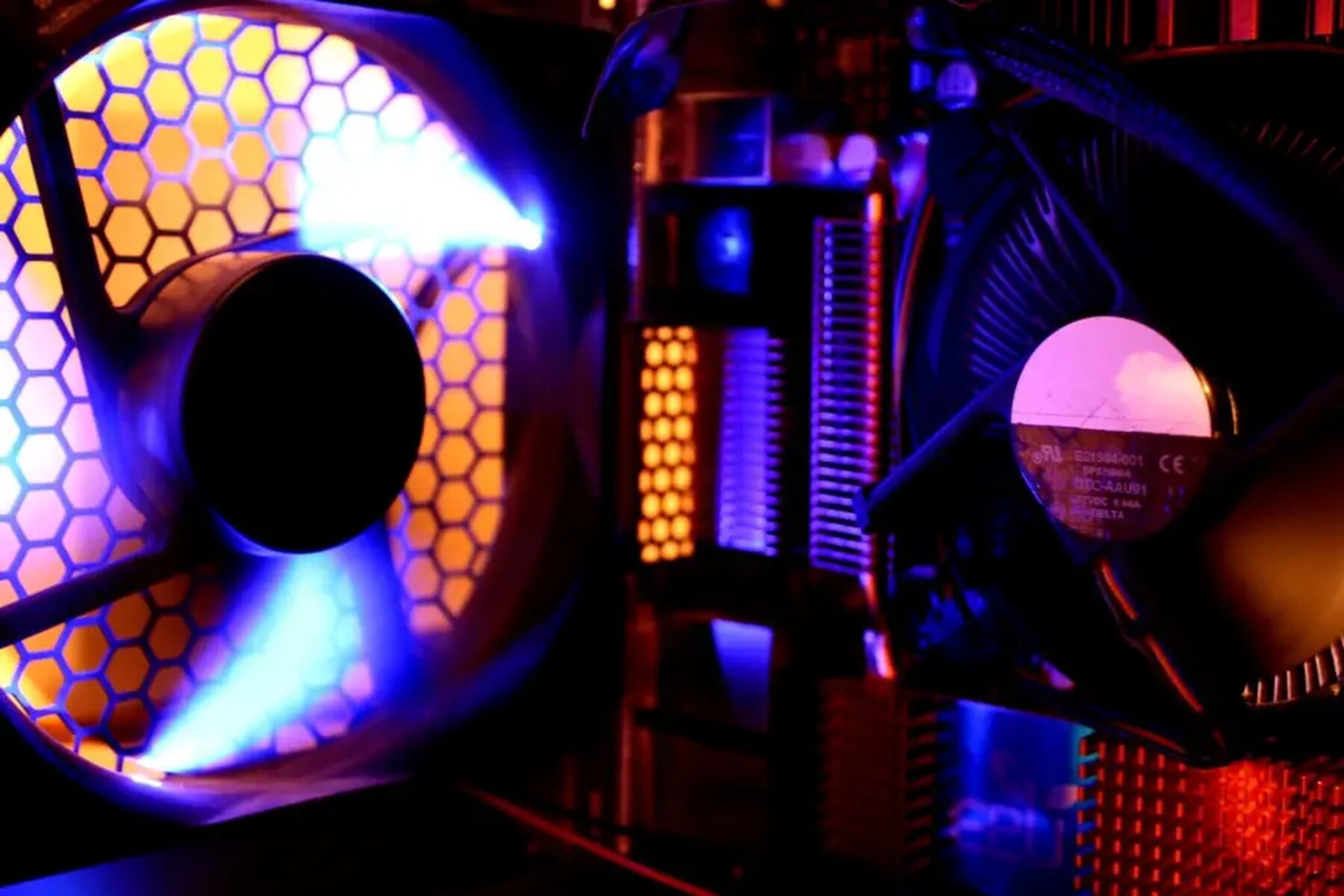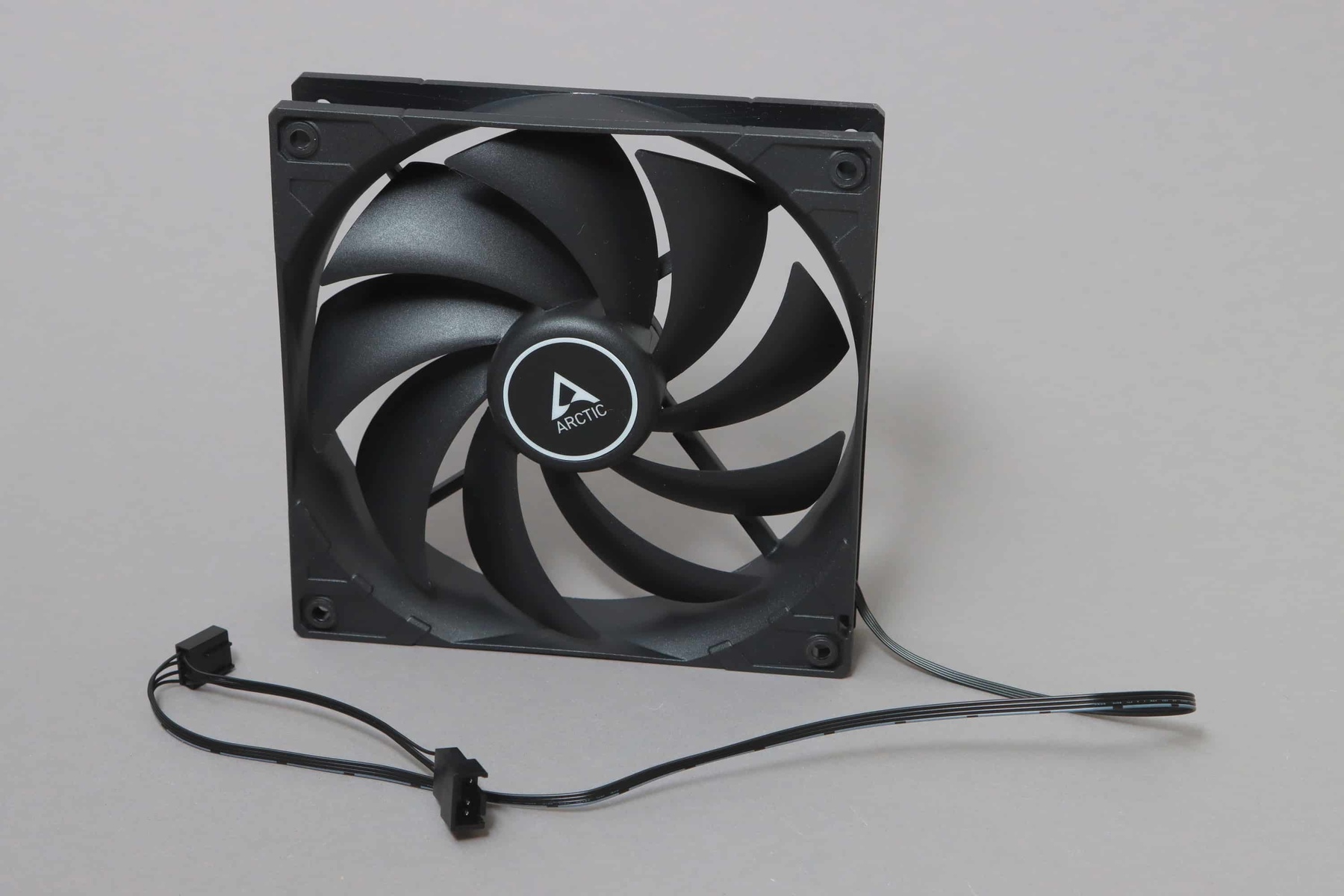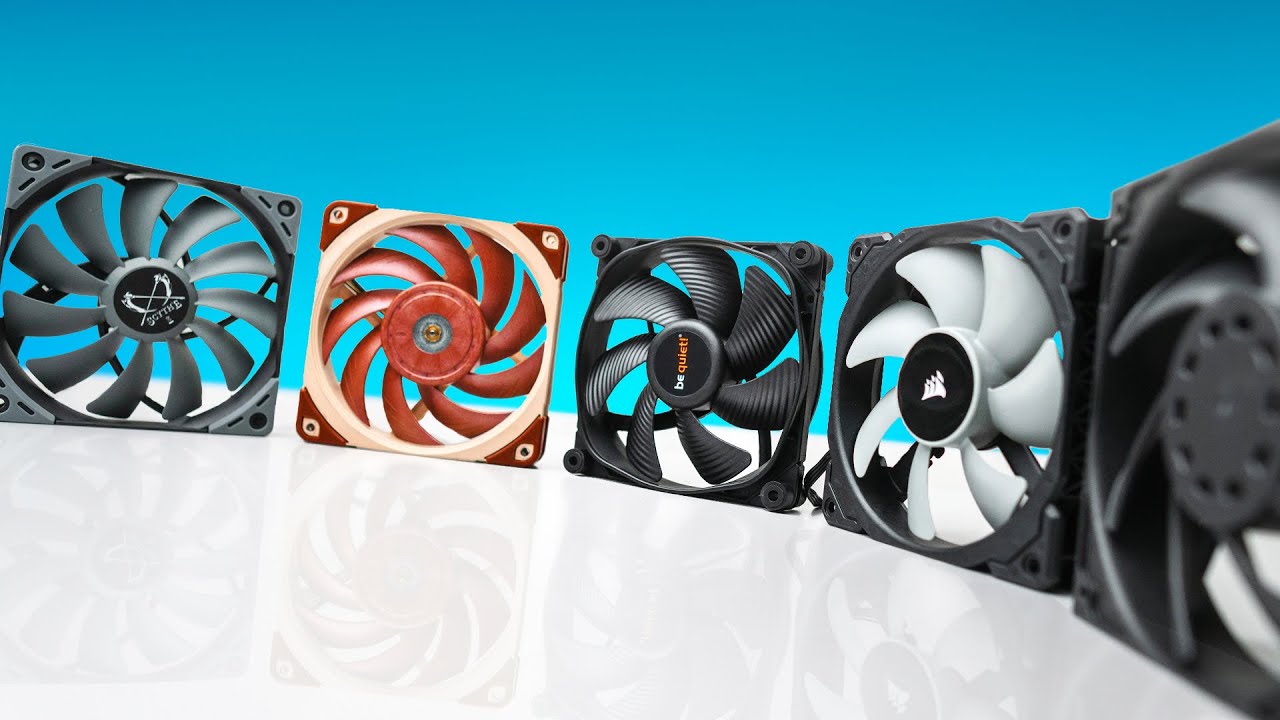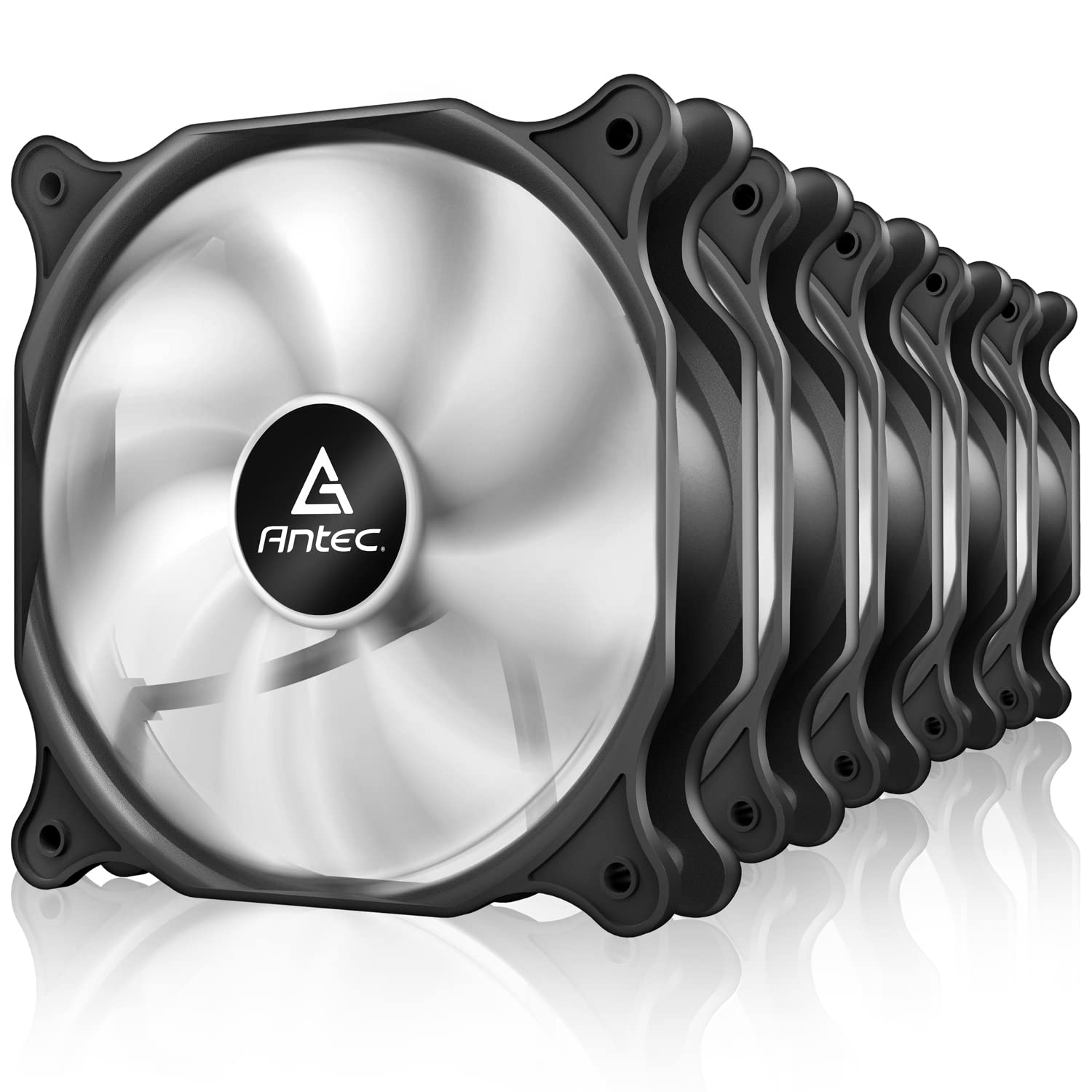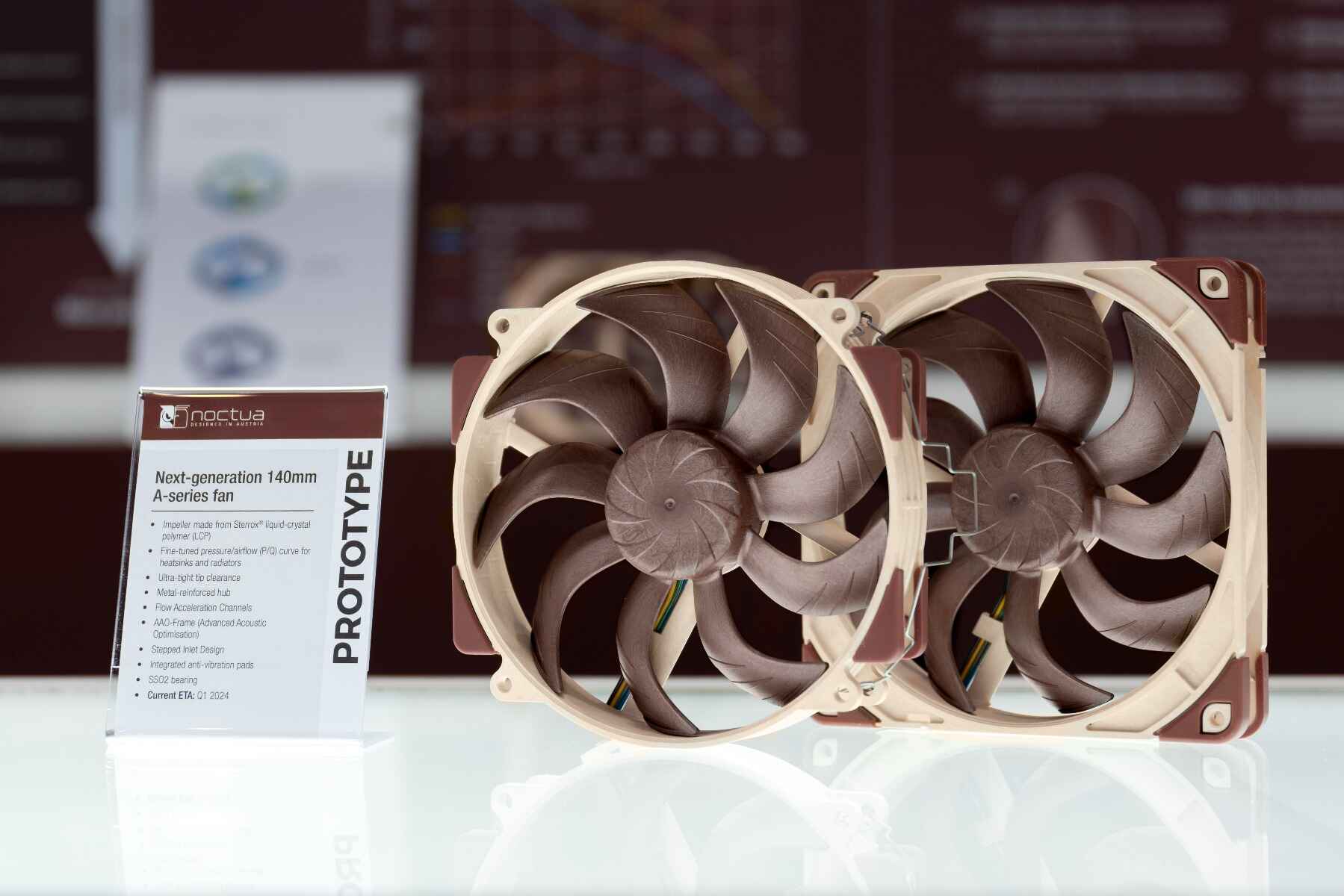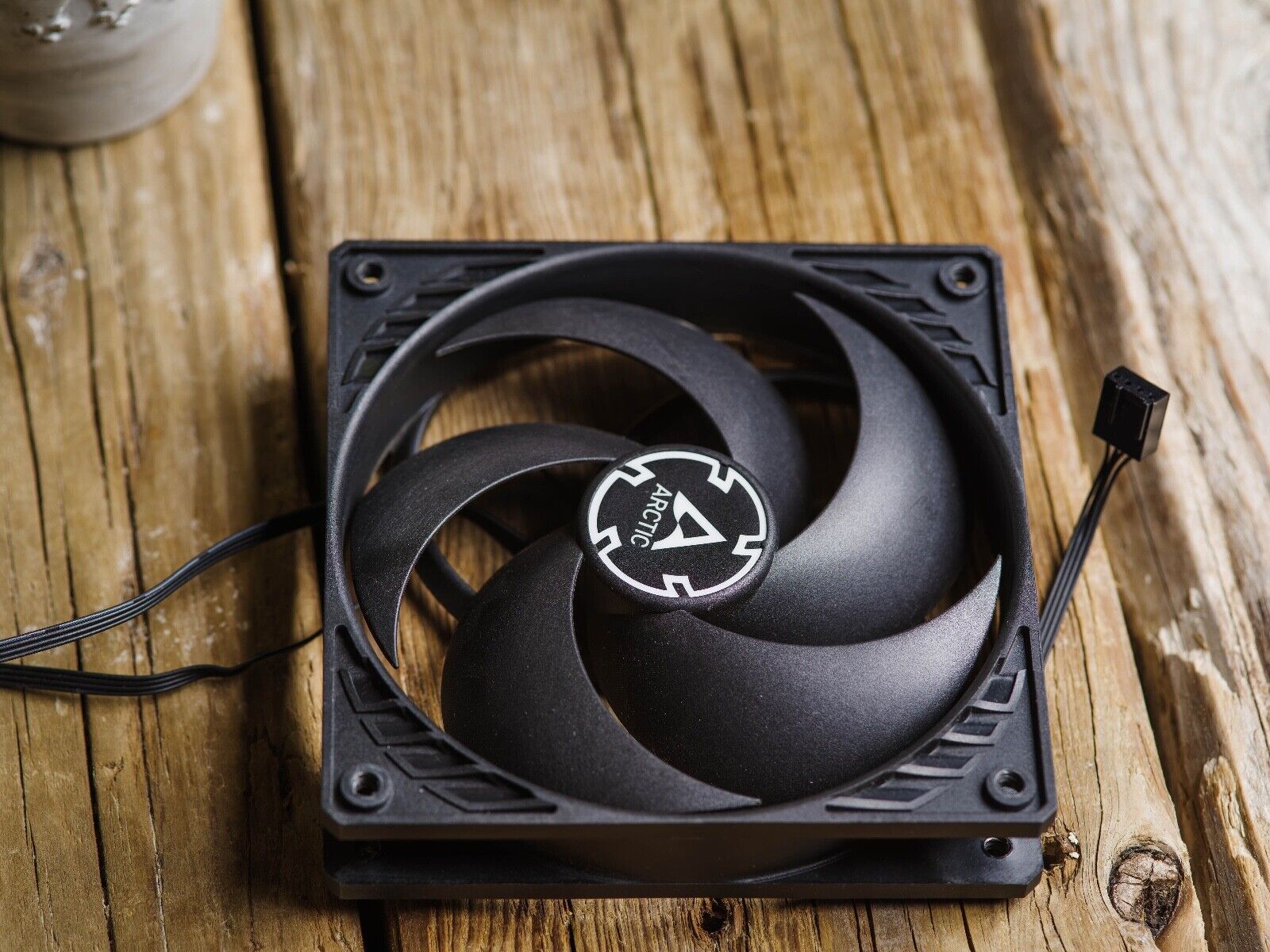Introduction
When it comes to computer performance, one of the essential aspects is keeping the system cool. This is achieved through the use of computer case fans, which help circulate air and prevent overheating. However, these fans can sometimes be noisy, disrupting the peace and quiet while you work or enjoy multimedia on your computer.
In this article, we will explore various methods to quiet computer case fans and restore a peaceful computing experience without compromising performance. Understanding the causes of fan noise is crucial, as it allows us to target specific solutions. From there, we will discuss practical steps you can take to reduce fan noise, ranging from simple cleaning techniques to more advanced modifications.
Whether you’re a casual computer user or a dedicated gamer, these tips and tricks can help you regain the tranquility you desire while still keeping your system cool and running optimally.
Understanding the Noise
Before we delve into the methods of quieting computer case fans, it’s important to understand why they can become noisy in the first place. Identifying the source of the noise will help us determine the appropriate solution.
One of the primary causes of fan noise is dust and debris buildup on the fan blades. Over time, these particles can accumulate and cause the fan to become unbalanced, resulting in vibrations and increased noise levels. Additionally, worn-out or damaged bearings can also contribute to fan noise. Lubricating the bearings or replacing the fan entirely may be necessary in such cases.
Fan speed is another factor to consider. Higher fan speeds generally result in increased noise levels. While this higher speed is often necessary for optimal cooling, it’s worth exploring ways to reduce fan speed without compromising performance.
Finally, the type of fan and its design can also play a role in noise levels. Some fans are inherently quieter than others, and those with features such as rubber mounting or sound dampening materials can help minimize noise during operation.
By understanding these factors, we can tackle the issue of fan noise more effectively and choose the appropriate methods to quiet our computer case fans. In the following sections, we will explore various techniques that can help us achieve a quieter computing experience.
Cleaning the Fans
One of the simplest and most effective ways to reduce fan noise is by cleaning the fans regularly. Over time, dust and debris can accumulate on the fan blades, causing imbalances and increased noise levels. Here’s how you can clean your computer case fans:
- Start by shutting down your computer and unplugging it from the power source. This will ensure your safety and prevent any accidental damage.
- Open up your computer case by removing the side panel. Refer to your computer’s manual or manufacturer’s instructions for specific details.
- Locate the fans inside your computer case. Typically, there will be fans attached to the front, back, and sometimes the side of the case.
- Use a can of compressed air to blow away the dust and debris on the fan blades. Hold the can upright and use short bursts of air to avoid any moisture buildup. Be careful not to let the fan blades spin freely as it may damage the fan.
- If the dust buildup is stubborn, you can use a soft brush or cotton swabs dipped in rubbing alcohol to gently wipe away the remaining debris.
- Once the fans are clean, close your computer case and plug it back into the power source.
Regularly cleaning your computer case fans will not only keep them running smoothly but also help reduce noise levels. Aim to clean them every few months or as needed, depending on your environment and fan usage.
Lubricating the Fans
If your computer case fans are making noise due to worn-out or dry bearings, lubricating them can often resolve the issue. Here’s how you can lubricate your fans:
- Start by turning off your computer and unplugging it from the power source for safety.
- Open up your computer case by removing the side panel.
- Locate the fans that need lubrication. These are usually the ones making noise or exhibiting signs of wear.
- Using a small precision screwdriver, gently remove the label on the fan hub to reveal the bearing.
- Apply a small amount of lubricating oil, such as sewing machine oil or a light machine oil, to the exposed bearing. Be careful not to over-lubricate, as excessive oil can cause other issues.
- Gently spin the fan blades a few times to distribute the oil evenly.
- Replace the label on the fan hub, making sure it is securely in place.
- Close your computer case and plug it back into the power source.
Lubricating the fans should help reduce friction and noise caused by worn-out bearings. However, it’s important to note that not all computer fans can be lubricated. In some cases, the fans may need to be replaced to resolve the noise issue.
It’s also worth mentioning that lubrication is not a permanent solution and may need to be repeated periodically to maintain optimal fan performance. Monitor the noise levels of your fans and lubricate them as necessary to ensure quieter operation.
Adjusting Fan Speed
If cleaning and lubricating the fans haven’t resolved the noise issue, you can try adjusting the fan speed to achieve a quieter operation. Here are a few methods to consider:
- BIOS Settings: Many motherboards allow you to adjust fan speeds through the BIOS settings. Enter the BIOS by pressing the designated key during startup (usually DEL or F2) and look for options related to fan control. Select a lower speed setting to reduce noise. Keep in mind that lowering the fan speed too much may affect cooling performance, so monitor your temperatures to ensure they stay within safe limits.
- Fan Control Software: Some motherboard manufacturers provide software utilities that allow you to control fan speeds from within your operating system. These utilities often have intuitive interfaces, allowing you to create custom fan profiles. Experiment with different fan speeds to find a balance between noise reduction and cooling efficiency.
- Hardware Fan Controllers: If your motherboard doesn’t support fan speed control or you prefer a more manual approach, you can install a hardware fan controller. These devices allow you to adjust fan speeds directly through physical knobs or switches, giving you precise control over noise levels.
By adjusting the fan speed, you can effectively reduce noise without compromising the cooling capacity of your computer case fans. Finding the right balance between noise reduction and temperature control is crucial for optimal performance and a quieter computing experience.
Using Rubber Mounts
Rubber mounts offer a simple yet effective solution for reducing vibrations and noise caused by computer case fans. These soft, elastic mounts help absorb the vibrations generated by the fans, resulting in quieter operation. Here’s how you can use rubber mounts:
- Start by identifying the mounting points of your computer case fans. These are usually located on the corners of the fans.
- Obtain rubber fan mounts, which are readily available online or at your local computer hardware store.
- Place the rubber mounts between the fan corners and the mounting points on the computer case. Ensure that the rubber mounts securely hold the fans in place.
- Repeat the process for all the fans in your computer case.
The rubber mounts act as a buffer between the fan and the case, preventing direct contact and minimizing vibrations. This dampening effect significantly reduces the noise produced by the fans, resulting in a quieter computing experience.
Keep in mind that the effectiveness of rubber mounts may vary depending on factors such as fan size, weight, and the intensity of vibrations. Experiment with different rubber mount configurations to find the best setup for your specific case and fans.
Installing Sound Dampening Material
If you’re looking for a more comprehensive solution to reduce overall noise levels in your computer case, installing sound dampening material can be highly effective. Sound dampening materials are designed to absorb noise and vibrations, creating a quieter environment. Here’s how you can install sound dampening material:
- Start by identifying the areas where noise is most prevalent within your computer case. These typically include the side panels, top, and front of the case.
- Purchase sound dampening material specifically designed for computer cases. These materials are often made of foam or rubber and come in various forms, such as sheets or pads.
- Carefully remove the side panels and other selected parts of the case where the sound dampening material will be installed.
- Cut the sound dampening material to fit the specific areas of the case. Ensure that there is proper clearance for components and connectors.
- Apply the sound dampening material to the interior surfaces of the case, such as the side panels and top. Press it firmly to ensure good adhesion.
- Reassemble the case, making sure all the parts are securely in place.
The sound dampening material absorbs vibrations and reduces noise reflections within the case, resulting in a significant reduction in overall noise levels. This can provide a more pleasant and quieter computing experience, especially during long periods of use or when running resource-intensive tasks.
Additionally, the sound dampening material can also help with temperature management by insulating and directing airflow to the desired areas, ensuring optimal cooling efficiency.
Consult the manufacturer’s instructions or online resources for specific recommendations on installing sound dampening material for your particular computer case model.
Replacing Fans
If all else fails and your computer case fans continue to make excessive noise, it may be time to consider replacing them. Upgrading to quieter fans can provide a long-term solution and improve overall sound levels within your computer case. Here’s what you need to do:
- Identify the fans that are causing the most noise. Pay attention to factors such as size, airflow, and noise level ratings.
- Research and purchase replacement fans that are known for their quiet operation. Look for fans with a lower decibel (dB) rating and features such as fluid dynamic bearings or noise-optimizing designs.
- Disconnect the power cables from the noisy fans and carefully remove them from the case. Make note of the fan connections and their positions.
- Install the new fans by connecting them to the appropriate fan headers on your motherboard or fan controller. Ensure that the fans are securely mounted and positioned for optimal airflow.
- Reconnect the power cables and ensure that the fans are functioning properly.
- Monitor the noise levels and temperatures of your system with the new fans installed. Adjust the fan speeds or fan control settings if necessary to achieve the desired balance between noise reduction and cooling efficiency.
Replacing the fans with quieter alternatives can significantly reduce noise levels in your computer case. However, it’s important to consider factors such as compatibility with your system, proper airflow, and the overall cooling requirements of your components.
When selecting replacement fans, take into account the specifications and recommendations provided by the manufacturer. User reviews and feedback can also be helpful in choosing fans that offer a good balance between performance and noise reduction.
By investing in high-quality, quiet fans, you can enjoy a more serene computing experience while maintaining optimal cooling for your system.
Conclusion
Noisy computer case fans can not only be irritating but also disrupt your productivity and enjoyment while using your computer. Thankfully, there are several effective methods to quiet them down and regain a more peaceful computing experience.
Throughout this article, we have explored various techniques that can help reduce fan noise. From simple cleaning and lubrication to adjusting fan speed and using sound dampening materials, each method offers unique advantages to achieve quieter operation.
Cleaning the fans regularly helps remove dust and debris, improving their performance and reducing noise. Lubricating the fans can resolve noise issues caused by worn-out bearings. Adjusting fan speed allows for a balance between noise reduction and cooling efficiency. Using rubber mounts helps absorb vibrations and noise from the fans. Installing sound dampening material provides a comprehensive solution to reduce overall noise levels. If all else fails, replacing fans with quieter alternatives can make a significant difference in noise reduction.
Remember, it’s important to choose the methods that are suitable for your specific situation and consider factors such as fan size, noise level ratings, and compatibility with your computer case.
By implementing these techniques, you can optimize your computer’s cooling performance while enjoying a quieter and more comfortable computing experience. Say goodbye to the distracting noise and hello to a peaceful and productive environment!







